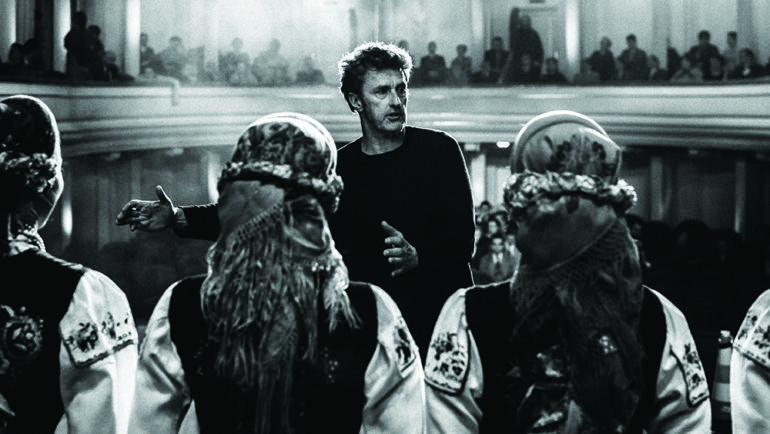‘Cold War’ Returns to Gold Standard on Cinematography
By David Heuring
LOS ANGELES (Variety.com) – “Cold War,” Pawel Pawlikowski’s tale of star-crossed lovers in the aftermath of World War II, is framed in a distinctive squarish, 1.37:1 frame. With deep focus black-and-white photography by Pawlikowski’s fellow Pole Lukasz Zal, the film has been gaining interest beyond the lensing community — “” is nominated for three Oscars: foreign-language film, directing and cinematography. Zal has also received noms from the ASC and BAFTA, and took the Silver Frog at the Camerimage Festival in his native Poland.
The 1.37 frame, also known as Academy format, was the standard for many decades in Hollywood and beyond, until CinemaScope and other grander formats pushed the curtains wider. Innovations in lens technology — the anamorphic or “squeeze” lens that is popular again today — led the change. At the time, directors of photography embraced widescreen because it offered more elegant landscapes, expanded options for two-shots, and close-ups that kept the characters more solidly grounded in their environments. Today, digital camera and projection are allowing cinematographers significantly more freedom to use different ratios, even within the same film.
Pawlikowski and Zal chose the format in part because it had worked so well in their previous film, “Ida,” which helped them break out on international scene and brought Zal his first Oscar nomination. Since then, Zal has also used a similar aspect ratio on “Loving Vincent,” which depicts Van Gogh’s final days using animation in the painter’s style, and Pawlikowski has framed docs in 1.37:1.
“It’s never one single thing that makes the decision,” says Zal. “In making ‘Ida,’ we discovered the powerful composition opportunities it offers. Personally, I was a little fed up with 16:9 and 1.85:1. In the square, you can play with it a little more, and it’s more like a painting or a poster. It also creates a link to older European films from the period.”
The arresting and austere visual approach often placed the camera higher, giving the actors extra headroom and emphasizing layers of depth and contrast in the background. “Ida” used a more tableau presentation, with shots unconnected by a master, but on “Cold War” the filmmakers moved the camera more and made more edits. Visual effects were extensive, mostly for compositing into Paris and making frames period-accurate.
“Sometimes we use composition to make the audience watch in a different way, and to feel the uncertainty of the characters,” says Zal. ”We trust intuition first.”
Zal says the switch required additional preparation. He had close to six months to work out the details with his director.
“We prepped for six months,” says Zal. “Everything was planned, but it’s important to be open to new ideas. Sometimes it’s a fine line between what is fresh and original and what is a mistake. But if you’re prepared, you are in a better position to take risks. … Our collaboration gave us the courage to take those risks, and to make a film that has authenticity and significance.”

